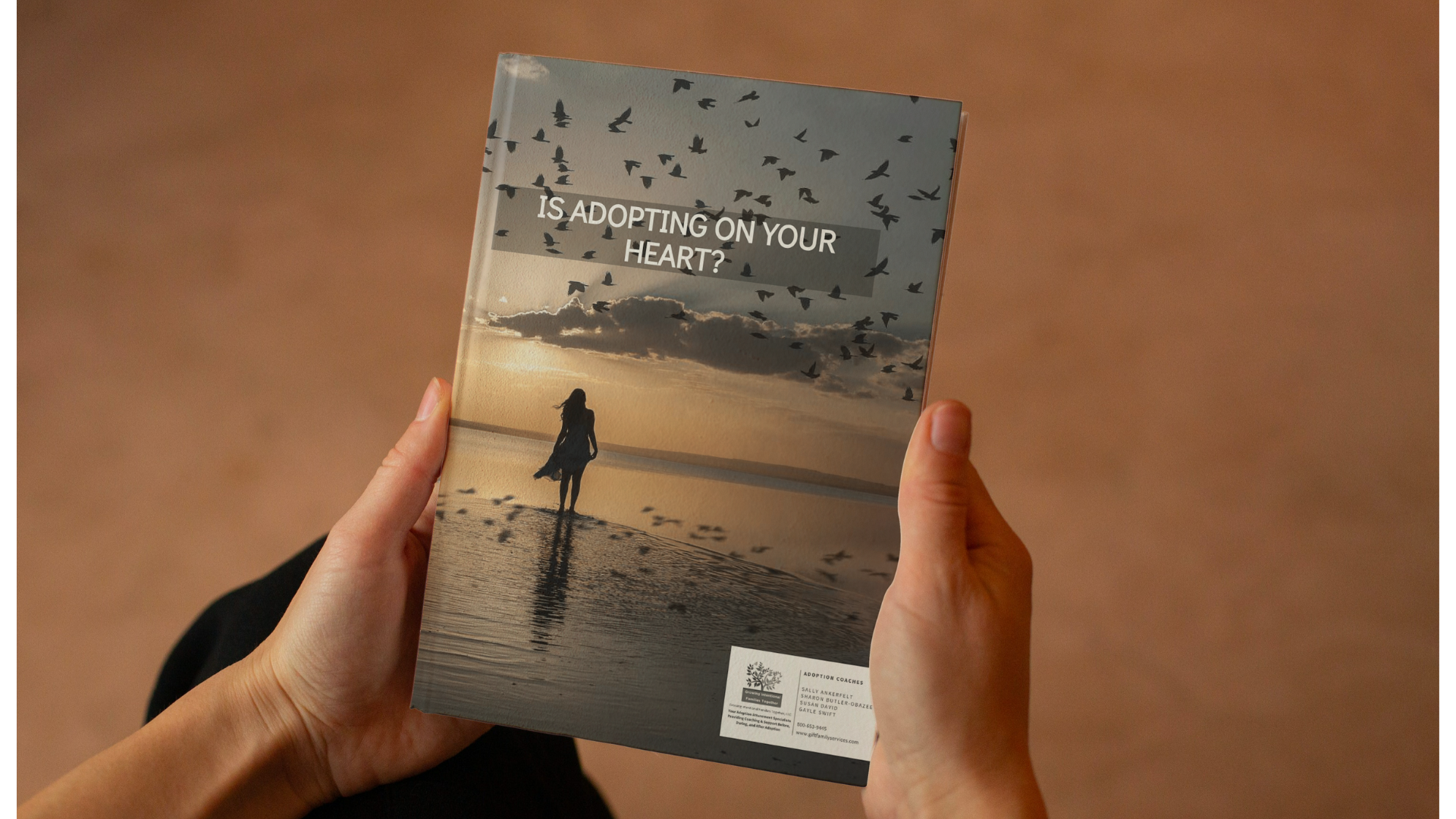 Most of us are familiar with the classic childhood song, “The Wheels on the Bus.” My kids delighted in singing the lyrics and acting out the accompanying gestures –swishing wipers, rolling wheels, children bumping up and down, etc., .
Most of us are familiar with the classic childhood song, “The Wheels on the Bus.” My kids delighted in singing the lyrics and acting out the accompanying gestures –swishing wipers, rolling wheels, children bumping up and down, etc., .
As an adoptive parent whose children are now adults I have many fond memories connected to singing with my children as we traveled in the family van.
I also have many very vivid and a bit more challenging memories associated with conversations in our car.
For years, I wondered why my children chose our moving vehicle as the venue for charged conversations on important subjects. Fellow adoptive parents confirmed that their kids also did the same–usually when the driving conditions were particularly challenging–as were the questions that they raised. Nope, no easy questions with painless answers. Their inquiries usually focused on the complex and hard to explain aspects of adoption.
So what made the family car, bumper-to-bumper in traffic– children’s favorite spot for difficult conversations?
First, the expectation of eye contact was nearly eliminated. As Queen of the Safety Patrol, “Eyes on the road” was essential for driving safety. The kids knew this. I believe it factored into their decision to raise the questions while we bumped along, watching out for potholes both literal and figurative. The car also limited the ability for child or parent to leave the area when/if the conversation became too uncomfortable or difficult.
Once I became an NLP practitioner, I learned how parallel body positions reinforce an unconscious feeling or rapport. Riding in the car guaranteed this commonality. Our children yearn for our undivided attention & what better place than in the car, where both are confined for a period of time.
We parents can follow our children’s leads and also choose the car as the “it” spot for important conversations. (Obviously, avoid conversations that might distress them; those are best held off road.) But the car is a great spot for planting “thought seeds” for future, more detailed adoption conversations. (We can also set and follow an agreement that we all avoid texting, thus modeling good behavior and upholding the family value system.)
Periodically toss out a mention of an adoption-oriented thread. For example on the way home from soccer, band practice, or academic games say something like, “I wonder if you get your talent for sports, music, etc., from your birth parents.” Leave it at that. If your child wants to chat further, follow their lead. If they don’t return your serve, you’ve still accomplished something important: you’ve demonstrated that this is a permissible, welcome, and safe topic, that you recognize–and appreciate. It affirms our acceptance of their birth parents as a valuable part of them and shows we understand that our children think about and value that part of themselves. This message is critical and must be frequently repeated in action and words.
As Intentional Parents we speak through both words and actions to show we are not only willing to listen when our children raise the subject, we must also raise it ourselves. These discussions do not always need to be BIG conversations–although sometimes they will be. Listen with an intention to understand not rebut. As the saying goes. “We have two ears and one mouth; there’s a reason for this.”
 Rebecca Vahle of the Adoption Perspectives adoption radio network makes a similar point, “We must listen well to love well.” Check out her amazing show and its archives. It is a treasure trove of adoption resources and perspectives from all aspects of the adoption constellation. She has interviewed Growing Intentional Families Together coaches Sally Ankerfelt (the Benefits of Homeland Visits) and Gayle Swift (ABC, Adoption & Me).
Rebecca Vahle of the Adoption Perspectives adoption radio network makes a similar point, “We must listen well to love well.” Check out her amazing show and its archives. It is a treasure trove of adoption resources and perspectives from all aspects of the adoption constellation. She has interviewed Growing Intentional Families Together coaches Sally Ankerfelt (the Benefits of Homeland Visits) and Gayle Swift (ABC, Adoption & Me).
Listen to our podcasts: Adoption Matters: Real People. Real Life. Real Talk and Essentials of Adoption Attuned Parenting



The car proved to be a great place to interact with my boys. The lack of distractions and being in a close proximity gave us the opportunity to discuss the day, introduce new topics and explore stuff that came up.
Listening continues to be a skill that is so important in all relationships. I find that it is often easier to jump in rather than wait, to offer advice even when it is not asked for, and to have in my mind what I might answer well before the person is finished talking. BAD listening for sure. Thanks for the reminder! And I agree listening well leads to loving well. #adoption #adoptiveparenting #AAQ